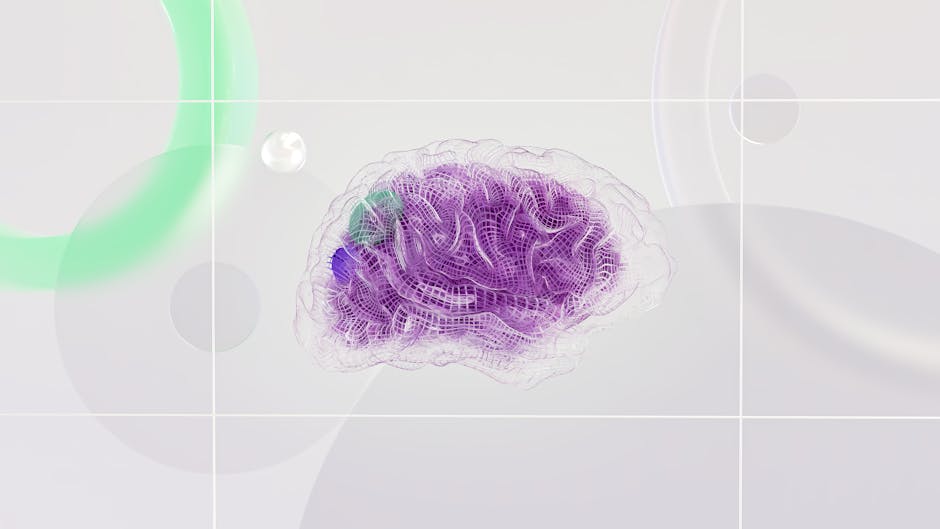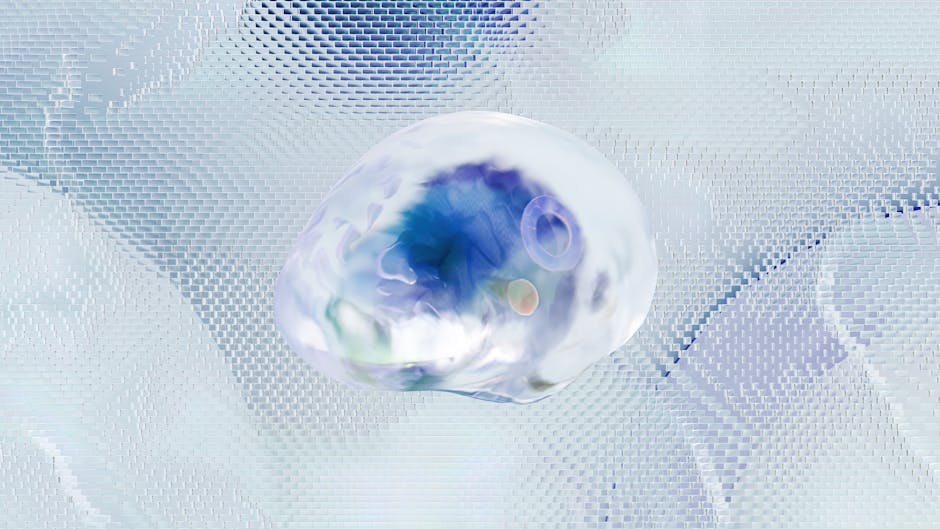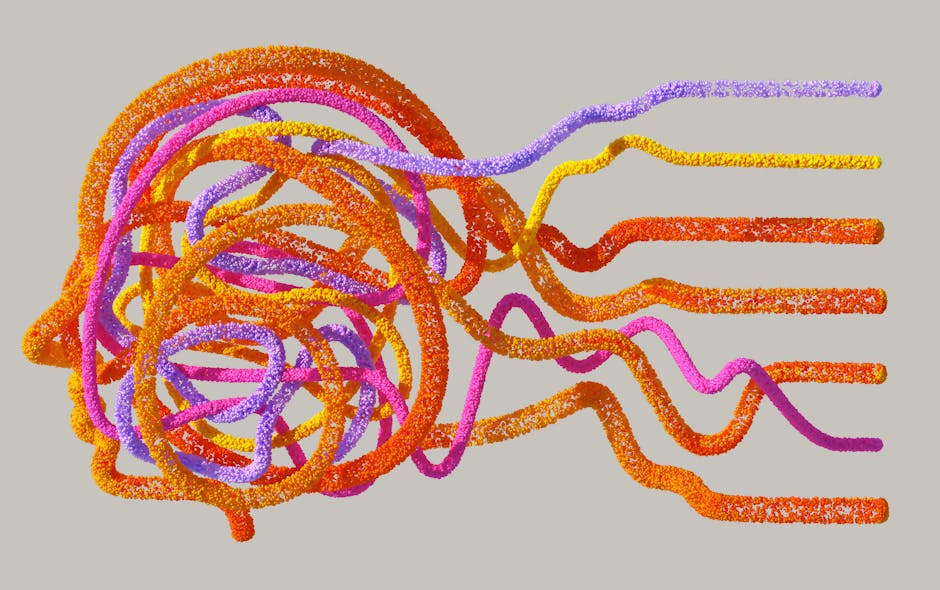Unraveling the Mysteries of the Koala Brain: Cognition, Conservation, and the Future of this Iconic Marsupial
Unraveling the Mysteries of the Koala Brain: Cognition, Conservation, and the Future of this Iconic Marsupial
The Enigmatic Koala Brain: A Unique Evolutionary Path
The koala, Phascolarctos cinereus, a beloved symbol of Australia, possesses a brain that’s as fascinating and complex as the creature itself. While not particularly large relative to its body size – exhibiting a characteristically small encephalization quotient – the koala brain displays remarkable adaptations shaped by millions of years of evolution within a specialized eucalyptus-dominated niche. Understanding the koala brain is crucial not only for appreciating its cognitive abilities but also for informing effective conservation strategies.

Brain Size and Structure: A Comparative Perspective
Compared to other mammals of similar size, the koala’s brain is relatively smaller. This smaller brain size has long fueled misconceptions about its intelligence. However, brain size alone is not a reliable indicator of cognitive capacity. The intricate structure and specific neural pathways within the koala brain are far more important for understanding its abilities. Researchers are increasingly employing advanced neuroimaging techniques, such as MRI and fMRI, to map the different regions and their functional connectivity, offering unprecedented insights into the inner workings of this remarkable brain.
Sensory Processing: A World of Eucalyptus
The koala’s sensory perception is intimately linked to its specialized diet of eucalyptus leaves. Its olfactory system, responsible for smell, plays a crucial role in identifying preferred eucalyptus species and avoiding toxic ones. Research suggests a well-developed olfactory bulb, suggesting a high reliance on scent for foraging and social interaction. Their sense of taste is also highly refined, enabling them to distinguish between different eucalyptus varieties and potentially detect subtle variations in nutritional content or toxin levels. Furthermore, their auditory and visual systems, while not exceptionally acute, are well-suited to their arboreal lifestyle and play vital roles in predator avoidance and communication.

Cognitive Abilities: More Than Meets the Eye
While historically portrayed as sluggish and simple-minded, recent studies reveal a surprising degree of cognitive complexity in koalas. They exhibit learning capabilities, problem-solving skills, and social intelligence. For example, koalas can learn to associate specific stimuli with rewards or punishments, indicating a capacity for associative learning. Their ability to navigate complex arboreal environments also demonstrates spatial learning and memory. Observations of their social interactions reveal subtle forms of communication and possibly even individual recognition.
Learning and Memory: Adapting to a Changing Environment
Koalas display impressive adaptive capabilities. Their capacity for learning allows them to adjust their foraging behavior based on the availability of different eucalyptus species and to avoid potentially toxic ones. This adaptability is essential for survival, especially in fragmented habitats where access to preferred food sources may be limited. Furthermore, their spatial memory enables them to efficiently navigate their home ranges, which can span considerable distances within eucalyptus forests.
Social Intelligence and Communication: Beyond Solitary Existence
While often described as solitary creatures, koalas do exhibit social interactions, particularly during mating season and mother-young interactions. They communicate using a variety of vocalizations, scent marking, and postural displays. Understanding these communication strategies is crucial for comprehending their social structure and dynamics. Researchers are investigating whether koalas demonstrate individual recognition or even social learning, aspects of social intelligence that would further enhance our understanding of their cognitive capacities.
The Impact of Habitat Loss and Disease: Threats to Koala Cognition
The koala population is facing significant threats, primarily from habitat loss and disease. These threats can have profound consequences for their cognitive function and overall survival. Habitat fragmentation reduces the availability of preferred eucalyptus species, potentially affecting nutritional intake and impacting cognitive performance. Chlamydia, a widespread bacterial disease in koalas, can also affect their neurological function, leading to behavioral changes and reduced cognitive abilities. The cumulative effect of environmental pressures and disease is likely to further challenge their already limited cognitive resources.
Conservation Implications: Protecting Koala Brains
Protecting koala populations requires a holistic approach that considers not only their physical well-being but also their cognitive needs. Effective conservation strategies must focus on habitat restoration and protection, ensuring access to diverse and high-quality eucalyptus food sources. Research into koala diseases is crucial for developing effective treatments and preventive measures. Furthermore, monitoring koala populations and understanding their behavioral patterns can provide valuable insights into their overall health and cognitive status. By incorporating cognitive considerations into conservation planning, we can better protect these iconic marsupials for future generations.
Future Research Directions: Exploring the Koala Brain
Ongoing research is essential for deepening our understanding of the koala brain and its implications for conservation. Advanced neuroimaging techniques, combined with behavioral studies, can provide a more comprehensive picture of their cognitive abilities. Further investigations into their sensory processing, learning and memory mechanisms, and social interactions will contribute to a more nuanced understanding of their intelligence and behavioral flexibility. This knowledge is not only scientifically enriching but also vital for implementing effective and informed conservation strategies.
The Importance of Interdisciplinary Collaboration: A Holistic Approach
Unraveling the mysteries of the koala brain requires a collaborative effort among researchers from diverse fields. Neurobiologists, ecologists, veterinarians, and conservation biologists can work together to address the complex challenges facing koala populations. Integrating knowledge from different disciplines will lead to more effective conservation programs and a more holistic understanding of the koala’s biology and behavior.

Ethical Considerations: Respecting Koala Welfare
As research on koala cognition progresses, it is crucial to prioritize the ethical treatment of these animals. Research protocols must adhere to the highest standards of animal welfare, minimizing stress and ensuring the well-being of the koalas involved in any study. Prioritizing ethical considerations is not only essential for the welfare of the animals but also for maintaining public trust and support for koala conservation efforts.
Conclusion: A Call to Action for Koala Conservation
The koala brain, though relatively small, presents a fascinating case study in adaptation and survival. Understanding its intricacies and complexities is not simply an academic pursuit; it’s crucial for developing effective conservation strategies to safeguard these vulnerable animals. By investing in research, implementing comprehensive conservation plans, and fostering interdisciplinary collaboration, we can secure a future for the koala and preserve the rich biodiversity of its habitat.




